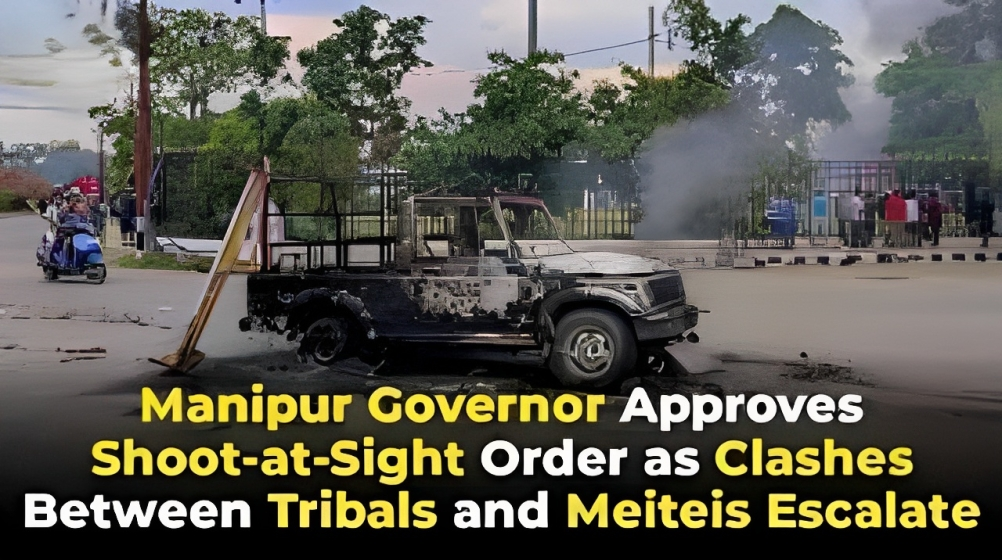Free Courses Sale ends Soon, Get It Now


Free Courses Sale ends Soon, Get It Now



Copyright infringement not intended
Context: As the violence in Manipur worsened, the state government permitted all District Magistrates to issue "shoot-at-sight orders" in "extreme cases."
Details
|
Violence in Manipur: https://www.iasgyan.in/daily-current-affairs/violence-in-manipur |
Conflict in Manipur
Shoot at Sight Order
About
Legal Basis for Shoot-at-Sight Orders
Not Arbitrary or Absolute
Subject to Judicial Review and Accountability
Concern
Violate the right to life and the Principle of Proportionality
Undermine the rule of law and due Process
Counterproductive and ineffective in addressing the root causes of violence and unrest
Conclusion
|
PRACTICE QUESTION Q. The recent violence in Manipur has raised concerns about the legality and morality of 'shoot at sight' orders issued by the authorities. What are these orders and how can they be imposed in a democratic country? How do they affect the human rights and security of the people? What are the root causes of the conflict in Manipur and what can be done to resolve it peacefully? |
© 2024 iasgyan. All right reserved